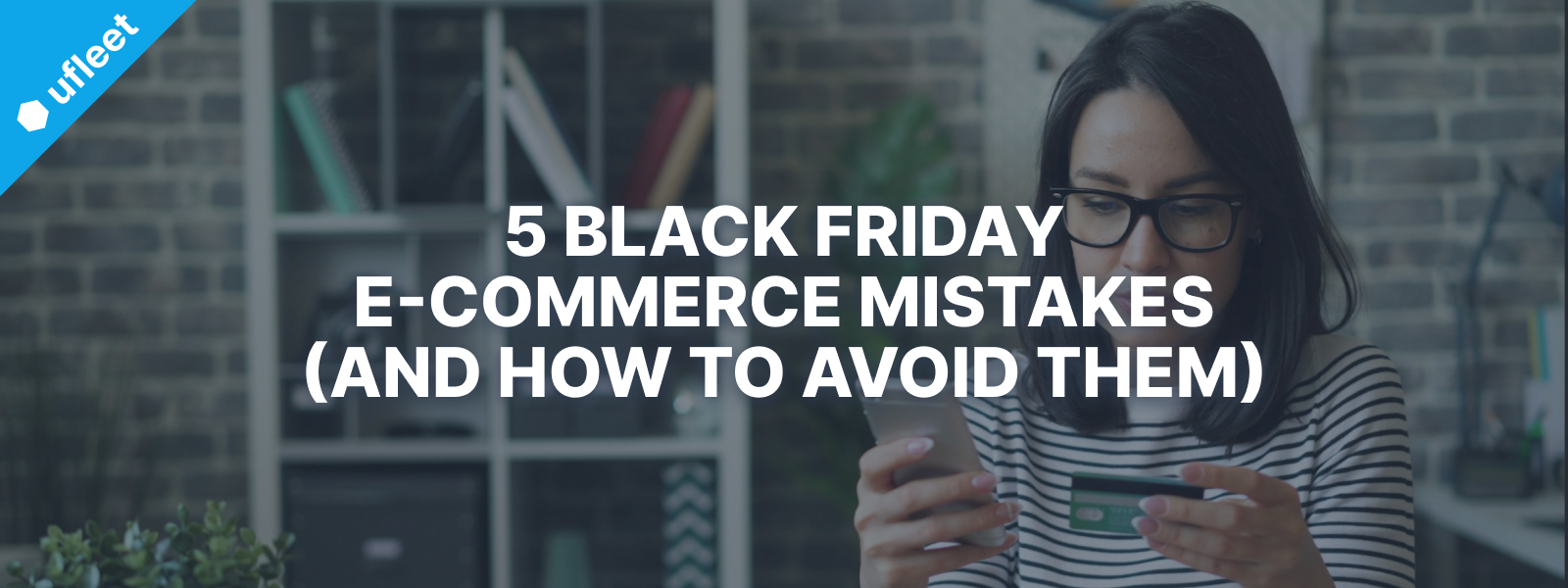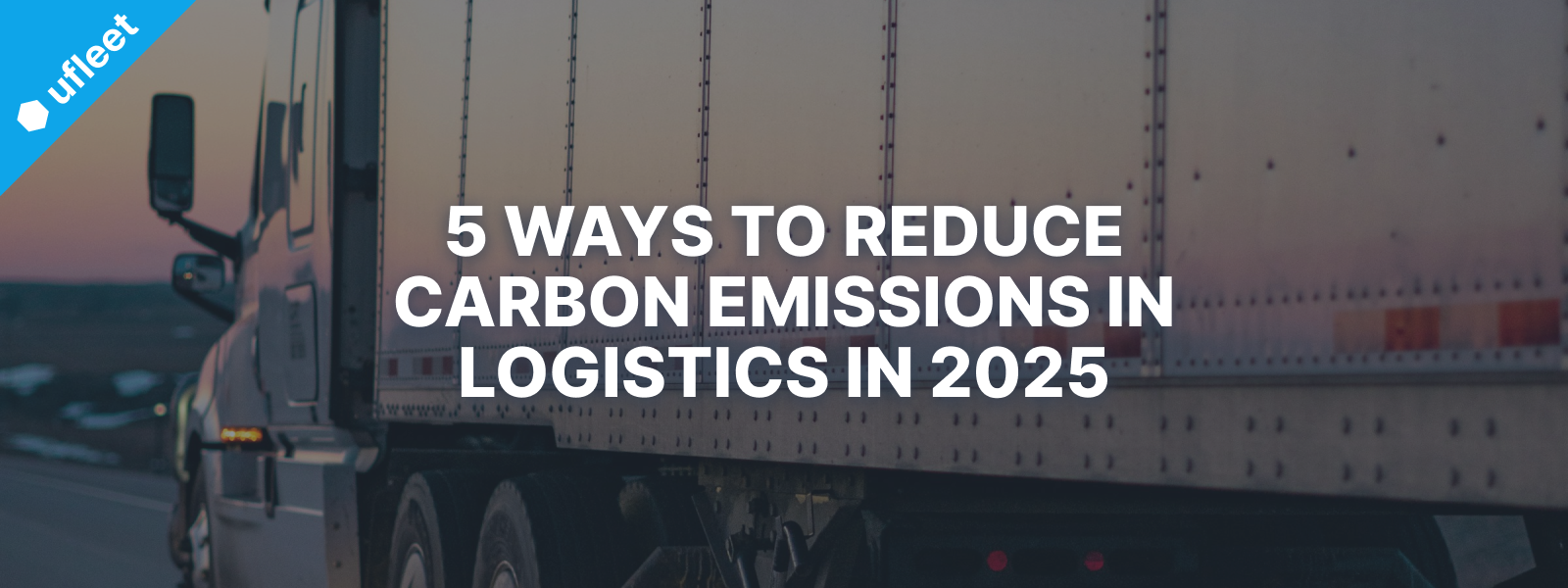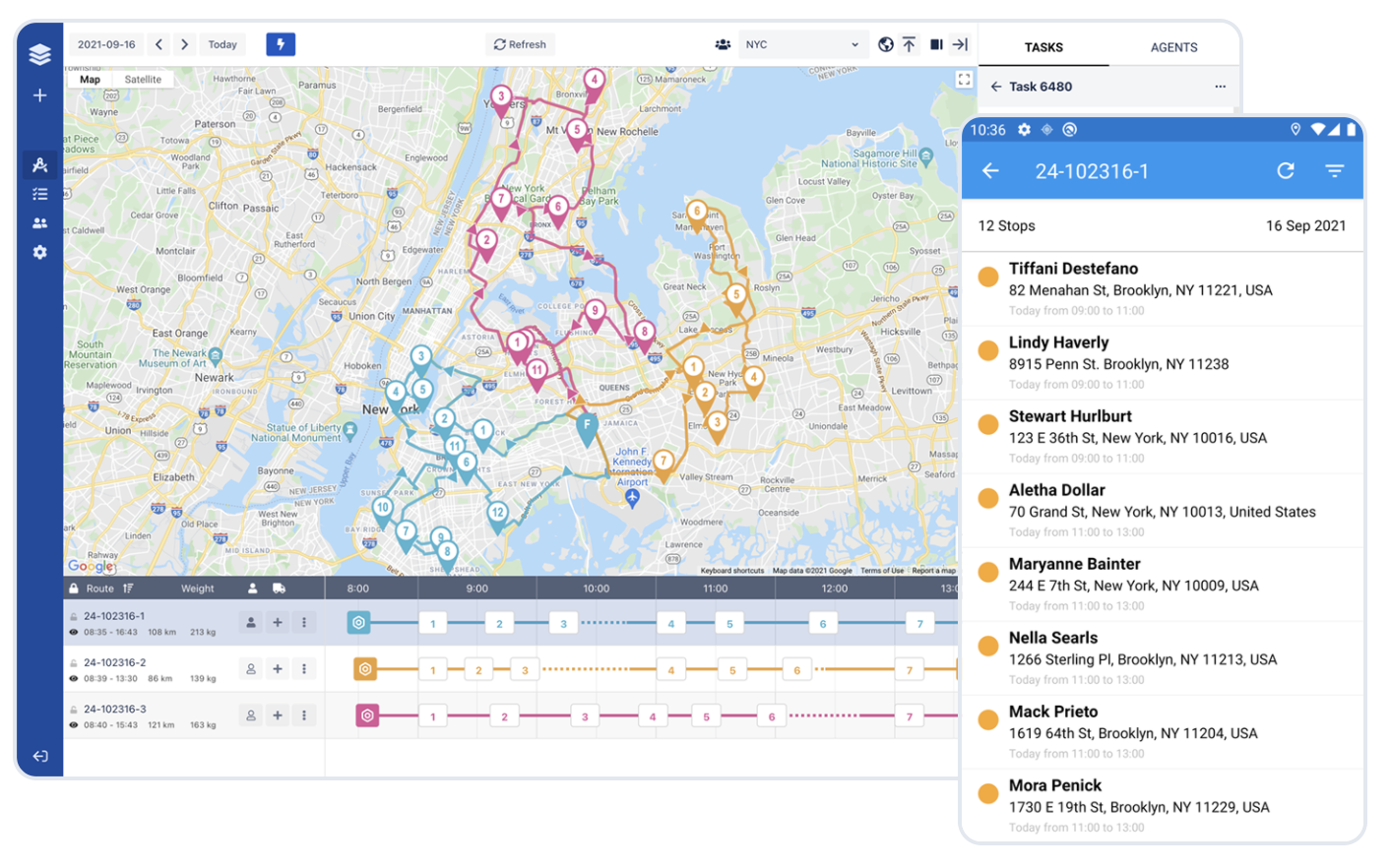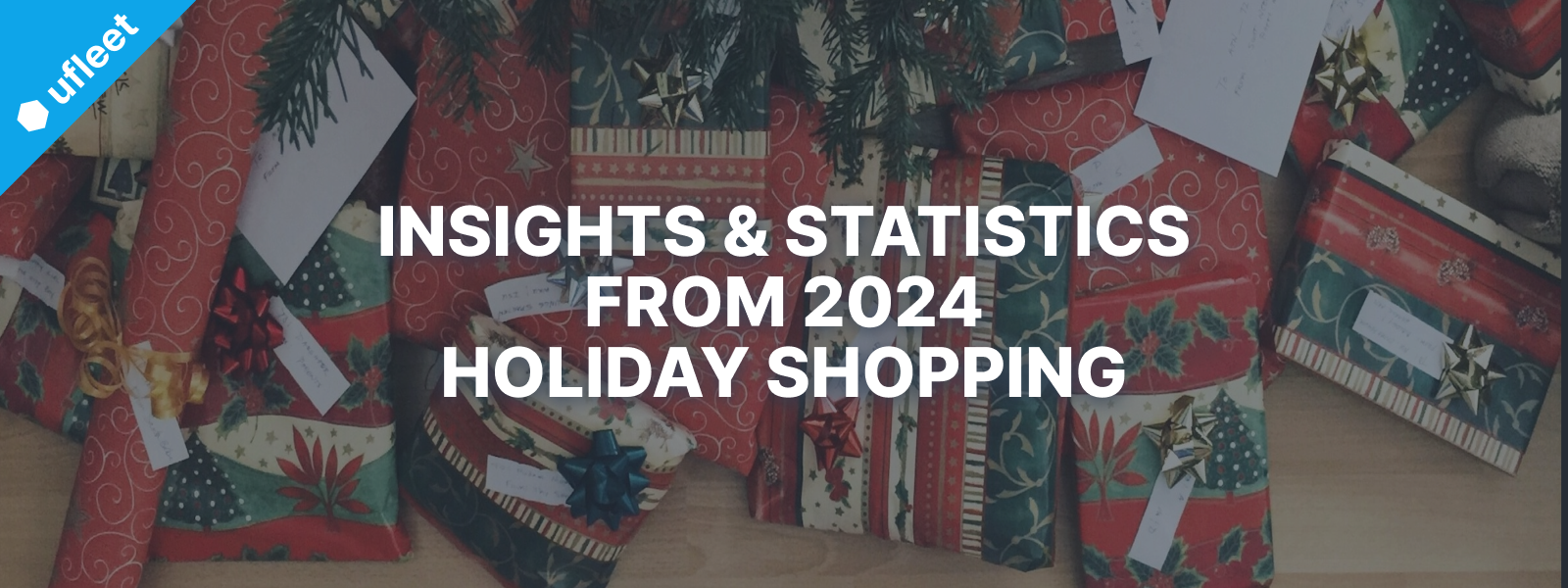Discover the most common mistakes such as underestimating website traffic and not optimizing for mobile and learn how to avoid them.
5 Black Friday Mistakes e-Commerce Businesses Make (& How to Avoid Them)

Black Friday is by far the most popular shopping event in the world of e-commerce. Year after year sales during the last weekend of November are increasing and if the campaign is done right, retailers are happy to reap its benefits.
Speaking of benefits, there are many: increased profits, clearing out old inventory, boost in brand awareness and social media engagement, data collection, and more.
To make the most out of Black Friday, retailers need to build a solid discount strategy. While it might seem pretty straightforward, it’s not that easy in reality. The challenges come with some pitfalls that retailers often fall into.
In this blog post, you’ll learn about these common mistakes retailers make during Black Friday and how to avoid them.
Here's the table of contents:
- The shiny predictions for Black Friday 2024
- And the not-so-good point of view from 2023
- Mistake 1: Underestimating website traffic and performance
- Mistake 2: Neglecting mobile optimization
- Mistake 3: Offering discounts that hurt profit margins
- Mistake 4: Inadequate inventory management
- Mistake 5: Not following up with post-sales marketing
The shiny predictions for Black Friday 2024
Bain forecasts US retail sales will hit $75 billion for the first time ever, representing a growth of about 5% year over year. In addition, Black Friday will probably earn 8% of the total revenue for the entire holiday season up until Christmas.
Sinch’s 2024 Consumer Black Friday / Cyber Monday Survey made across the US, the UK, France, Germany, Spain, Brazil, and Australia, predicts that personalization, engagement, and security will guide this year’s sales (which are also the aspects most influenced by AI in e-commerce too). Consumers also expect to be part of an omnichannel shopping experience and light-speed communication with brands.
In terms of revenue, forecasts are greatly positive. The 2023 US holiday sales scored a record $964.4 billion in revenue, surpassing the $929.5 billion from 2022 and predictions for 2024 are that we might witness a new record.
And the not-so-good point of view from 2023
We can also observe some negative aspirations among consumers. Last year, in the United States, only around 30% found Black Friday to be fair in terms of value. Another 34% shared that while the discounts were good, they weren’t worth the stress. Consumers were also a little bit distrustful as 24% of them believed that retailers maliciously inflated prices in advance only to discount them to baseline during Black Friday.
Almost all age groups in the US experienced buyer’s remorse. The only exception were baby boomers who seemed to be happy with their purchases. Gen Z, on the other hand, regretted their purchases the most—60% of all respondents who experienced buyer’s remorse.
While we don’t yet have data about 2024, it’s expected that this trend will continue. Nevertheless, since total sales and profits are increasing each year, it seems that the positive trend overwrites the negative.
Now, let’s address the common mistakes retailers make during Black Friday:
Mistake 1: Underestimating website traffic and performance
In e-commerce, your website is the base, the spine of your Black Friday sales. If it crashes or lags, your sales are doomed. Unfortunately, many retailers underestimate the amount of traffic they'll get and the resources they'll need to handle it.
To avoid this pitfall, you need to start planning and evaluating current inefficiencies ahead of time—at least a few months earlier. Here are some indicators to review in advance:
- website loading speed
- website’s daily resource usage
- website traffic for past Black Friday events
Such indicators will help you understand where you currently stand and whether you're prepared to handle a larger volume of traffic. Next, you can do a few optimizations that will help your website perform better and faster.
For starters, optimize the images on your website. Make sure they are not larger than the needed display size and get rid of any of them that don't bring actual value. In addition, choose a suitable format—for example WebP which combines high quality with decent compression.
If you expect to have website visitors from different countries, it's a good idea to implement the so-called content delivery network (CDN). The CND uses multiple data centers worldwide to store a cached version of your website. This way, when a visitor lands on your website, they'll see the cache version closest to their location which ultimately decreases server load and thus improves loading times and performance.
In case you think your hosting plan plan won't be able to accommodate the amount of traffic this year, make sure to upgrade long enough before your campaign starts,.
Mistake 2: Neglecting mobile optimization
According to Sinch's 2024 Consumer BF/CM Survey, respondents showed a strong preference towards mobile-first experiences with 51.2% sharing they would engage with campaigns delivered via messaging apps.
As a consequence, not optimizing your website for mobile is going against the demand. It will lead to lost sales, hurt brand image, missed opportunities, and further damage to your SEO.
To avoid this pitfall, make sure to follow the best practices for mobile optimization. Think about key pillars such as loading speed, image compression and size, adequate headings and section hierarchy, use of white space, font size, etc.
Another important aspect is to optimize your website for one-handed interactions. In most cases, these interactions take place at the bottom half of the screen, and partially at the right upper half. Make sure you place tappable buttons and important links in these sections.
You'll get a bonus point if you implement an option for mobile payment solutions such as Google Pay and Apple Pay. It's way easier for users to pay that way, and some also report it feels safer.
Mistake 3: Offering discounts that hurt profit margins
While Black Friday is all about huge discounts, some retailers go way too far with their generosity and eventually jeopardize profits. Also, they sometimes underestimate the cost of returns that are common due to buyers remorse. These things rarely happens intentionally, but are rather a consequence of poor discount strategy.
The discount strategy that's best for you depends on the products you're selling, your business model, your margins, your delivery costs, your marketing costs, etc. It also depends on how particular products are performing in general—you would approach underperforming products differently from the ones that are all-time best-sellers.
A few examples of Black Friday pricing strategies are:
- percent-based discounts
- bundle deals
- personalized offers
- dynamic pricing
For example, a product that's low in sales and low in price changes is a great fit for a percent-based discount. On the contrary, a product that's low in sales but high in the number of price changes indicates that a lower price doesn't really move the needle, so you might want to put it in a bundle with other better-selling products. You can read more on this approach here.
Ultimately, a good strategy is one that's based on data rather than gut feeling and personal assumptions. Spend some time reviewing past data about sales, price history, and any other indicators of sales performance. In some cases, you might not have such information—e.g., your business is new or you haven't collected any data—but even in this case, base your strategy on data by using the industry benchmarks.
Mistake 4: Inadequate inventory management
Another common Black Friday mistake e-commerce businesses make is to forecast sales volumes poorly—by overstocking or not having enough to sell. Both situations are not desirable. Overstocking eats up your profits, while low quantities of products result in customer frustration and lost sales.
A few tactics can help you to avoid these situations. For starters, study your sales performance and inventory volume during previous years. Look at the numbers and try to spot any patterns, consistencies, or correlations. Take into account the current market trends and economic landscape, and do your best to find more about this year's demand in surveys, Statista, Google trends, or other relevant channels.
Another tactic is to allow pre-orders where customers can reserve and/or prepay a product before you've officially launched the Black Friday campaign. To an extent, this will give you an indication of the demand and some buffer time to fine-tune your inventory if needed.
An inventory system that updates stock levels in real-time, is another way to avoid overstocking or not having enough stock. While this is rather a big investment that cannot happen overnight, it's a good idea to make it part of your long-term business strategy.
Mistake 5: Not following up with post-sales marketing
Not following up with post-sales marketing is a huge mistake many e-commerce businesses make. While sales during the weekend are the main goal, post-sales can increase your revenue significantly and should not be neglected.
If you fail to follow up, you miss two huge opportunities:
- to increase your profits
- to build lasting relationships with your customers
The thing is that Black Friday shoppers are often one-time buyers and unless you put in the effort, they won't shop from you again. But if you do, you have the chance to turn them into repeat customers. It's a long-term effort, but it's worth it!
Post-sales marketing includes emails, retargeting, personalized discounts, loyalty programs, and more. It's also important to time your actions properly—neither too soon, nor too late. For more information on post-sales marketing, check out this post.
Conclusion
Black Friday, one of the most important events for e-commerce retailers, comes with plenty of pitfalls retailers can fall into.
Some of the most common ones include not taking online presence seriously, and in particular—underestimating website traffic and performance, and not optimizing for mobile.
Other common mistakes include selling your products at extremely discounted prices that hurt your profit margins, and either overstocking or not having enough to sell.
Last but not least, not following up with post-sales marketing is a huge missed opportunity that prevents you from turning one-time customers into repeat ones, and building lasting customer loyalty.
We hope this post helped you not only identify the most common Black Friday mistakes in e-commerce but most importantly—how to avoid them. If you've come that far, thank you for reading!:)
Never miss a post
You may also like…
 Tips & Know-How5 Ways to Reduce Carbon Emissions in Logistics in 2025
Tips & Know-How5 Ways to Reduce Carbon Emissions in Logistics in 2025You too can reduce costs and improve efficiency with Ufleet
- plan and optimize delivery routes
- manage and empower drivers
- enhance customer experience
- make data-driven business decisions
We’d love to learn about your challenges.
Leave your email and we’ll get back to you.

